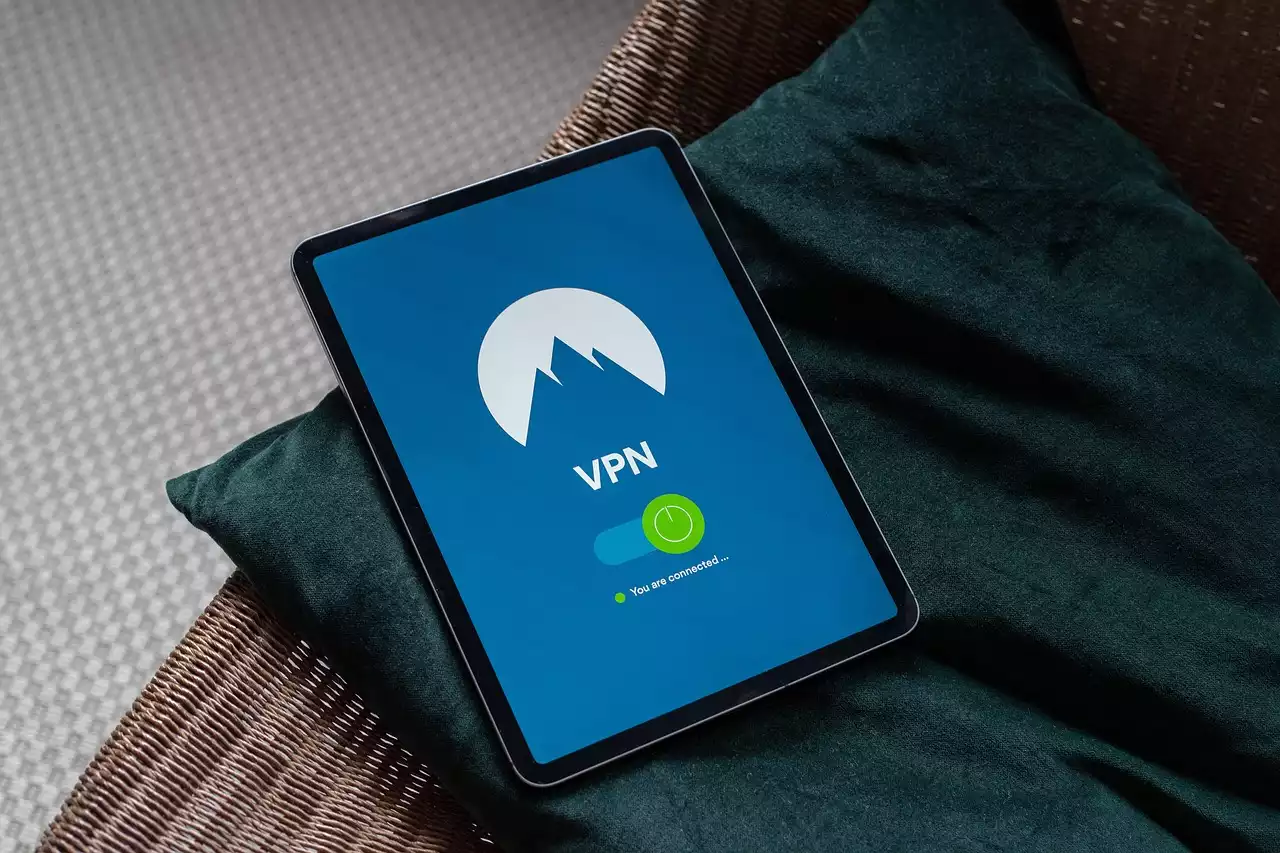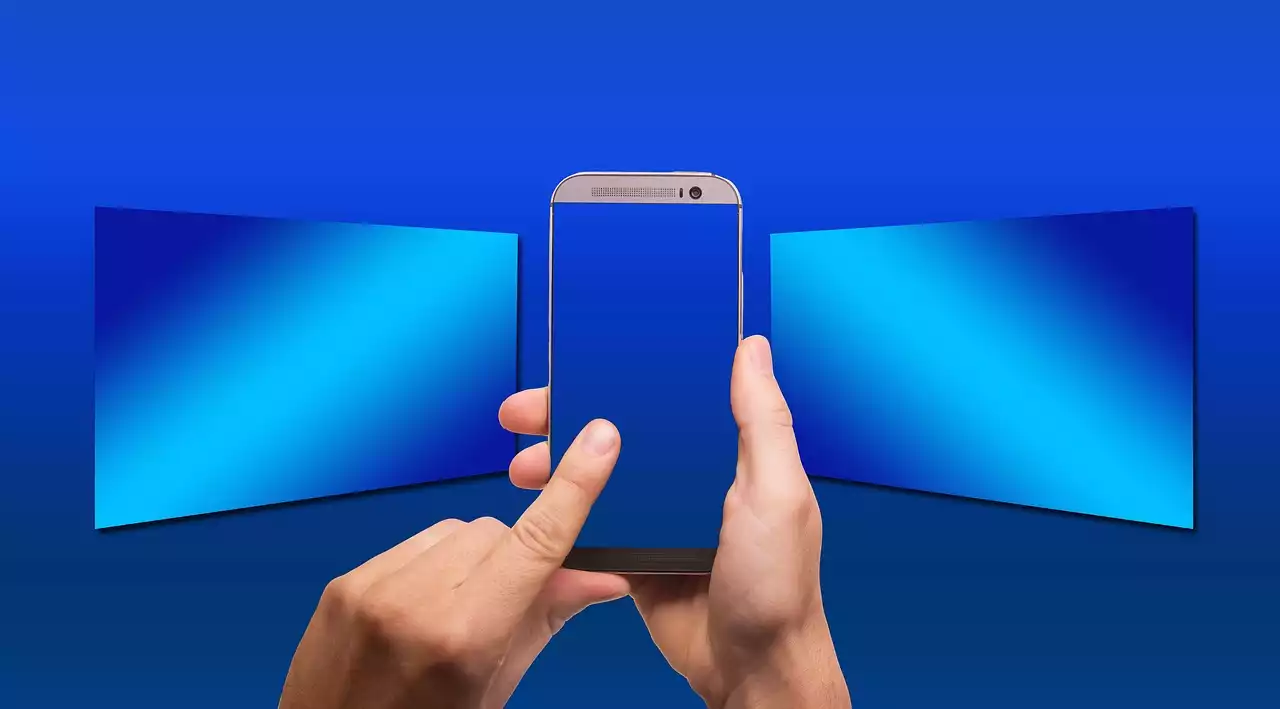Benefits of Home Automation
Home automation can provide many benefits to homeowners. With the right automation system, you can increase the safety, efficiency, and comfort of your home. Some of the top benefits of home automation include:
- Increased Security - Home automation can make it easier to protect your home against both human intruders and natural disasters. An automation system can be programmed to automatically lock your doors and windows when you leave, notify you if there is an emergency, and keep track of who comes and goes.
- Improved Energy Efficiency - One of the best reasons to invest in home automation is for its long-term energy efficiency. With the right technology, you can regulate the temperature of your home automatically, saving you money on your bills. You can also use automation for things like pool pumps, irrigation systems, and air conditioners, helping you to maximize savings.
- Improved Comfort - With home automation, you can create a more comfortable living environment with just the touch of a button. You can adjust the temperature, turn on the lights, and even turn on the air conditioning before you get home, making the transition from work to home a little less stressful.
- Improved Convenience - Perhaps the most obvious reason to implement home automation is the convenience it provides. You can create a smart home that is accessible remotely, so you can control your appliances, devices, and other elements from anywhere in the world.
Home Automation Technologies
There are several different technologies used in home automation, each with its own pros and cons. Some of the most common home automation technologies include:
- Wi-Fi - Wi-Fi is one of the most well-known home automation technologies. It is a wireless connection that allows you to control your devices and appliances from any device, even your smartphone. Most Wi-Fi systems can be controlled through an app on your phone, tablet, or computer.
- Z-Wave - Z-Wave is a technology that allows you to connect your smart devices through your home’s existing wiring. Z-Wave is popular among homeowners who are trying to cut down on installation costs. It is a great option for beginners who are just beginning to explore home automation.
- Zigbee - Zigbee is another common home automation technology. It is an open source communication standard that is used to connect smart devices over a mesh network. One of the biggest advantages of Zigbee is that it is compatible with most systems.
- Cloud-Based Systems - Cloud-based systems are devices that connect to an online network. You can access these systems from any device that can connect to the internet. Some cloud-based systems are paid services, while others are free.
Home Automation Security
While home automation can be incredibly convenient, it is important to keep your devices secure. It is crucial that you take steps to protect your devices from hackers, malicious bots, and other cyber threats. Some of the best ways to protect your home automation system include:
- Use Strong Passwords - Many people who have home automation systems have the tendency to use simple passwords. This can be risky because if someone were to get a hold of your password, they could potentially hack your system. When setting up your system, make sure you use a combination of letters, numbers, and symbols to create a complex password.
- Update Your Software - It is important to keep your system up to date with the latest software. New updates often include security patches designed to protect you against new threats. It is important to regularly update your system to keep it safe.
- Turn Off Remote Access When Not In Use - Some home automation systems allow you to turn on your devices from anywhere in the world. While this is incredibly convenient, it can also pose a security risk. If you are going on vacation, make sure you turn off remote access to keep your system safe.
Home Automation Cost
The costs of home automation vary greatly, depending on the type of system you choose. Some systems are very inexpensive, while others can be quite pricey. Before you invest in a system, you should create a budget and a timeline for when you want to have your system up and running. It is also a good idea to talk to a professional before you make a purchase. A professional can help you decide which system is right for you and give you an idea of what it will cost. Home automation is definitely not a cheap undertaking. If you want to add voice control and other bells and whistles to your home, expect to pay upwards of $5,000 for the installation alone (not including the cost of the equipment). These costs are actually on the low side compared to quotes we’ve heard from contractors.
Types of Home Automation Systems
Home automation systems can be broken down into two types: centralized systems and distributed systems. Centralized systems are controlled by a computer that is connected to all of your devices, while distributed systems are controlled by individual devices.
- Centralized Systems - Centralized systems, also known as “hub and spokes” systems, are controlled by a central hub that connects all of your devices. These systems are great for large homes because they allow you to control devices from multiple rooms. They also make it easier to incorporate new devices into the system in the future.
- Distributed Systems - The most common type of distributed system is an “oozer” system. A distributed system is controlled by individual devices, which makes it easier to control things in specific areas of your home. For example, you can program your lights to turn on and off in the kitchen, but not the living room.
Home Automation Installation
Before you purchase any home automation systems, it is important to make sure you know what you are getting into. It is a good idea to hire a professional to install your system. This can help prevent headaches in the future and ensure your system is installed correctly. It is also important to understand any warranties associated with your system. This will help you know what is covered and what is not as well as any limitations. That being said, you don’t have to hire a professional to install your system. You can save money by installing it yourself. However, if you are not very tech-savvy, it may be best to hire a professional to save you from frustration and mistakes.
Home Automation Apps
Many home automation systems are compatible with smartphone apps. You can download an app for your device and control its functions from your phone. It is a good idea to look for a system that is compatible with the app you already use, like Apple HomeKit or Google Assistant. This will help you seamlessly transition to a smart home. If you are interested in incorporating home automation into your home, you have many options. The best thing you can do is research your options and find the system that is right for you. Once you have a system in place, you can begin to explore all of the ways you can use it to make your life easier.










